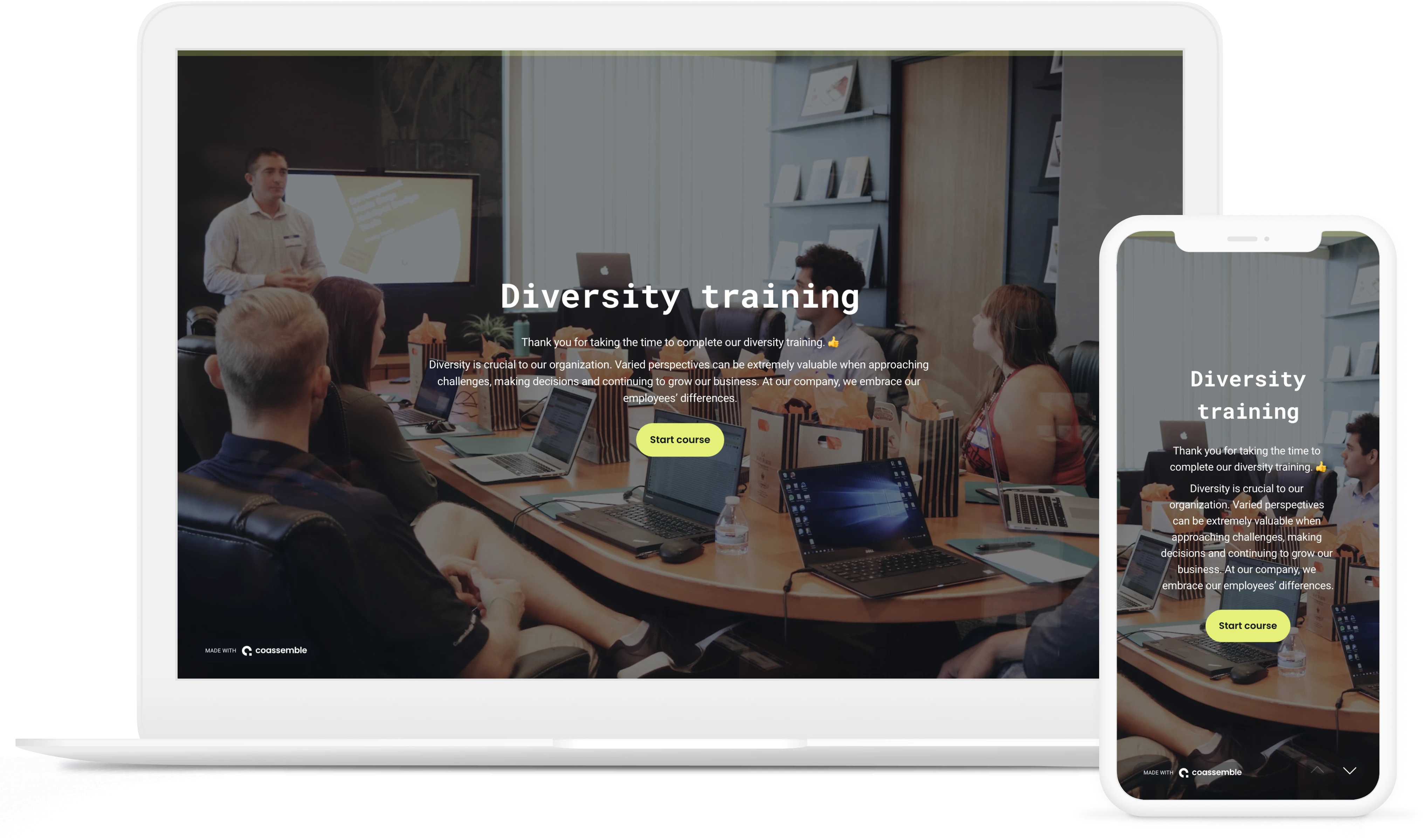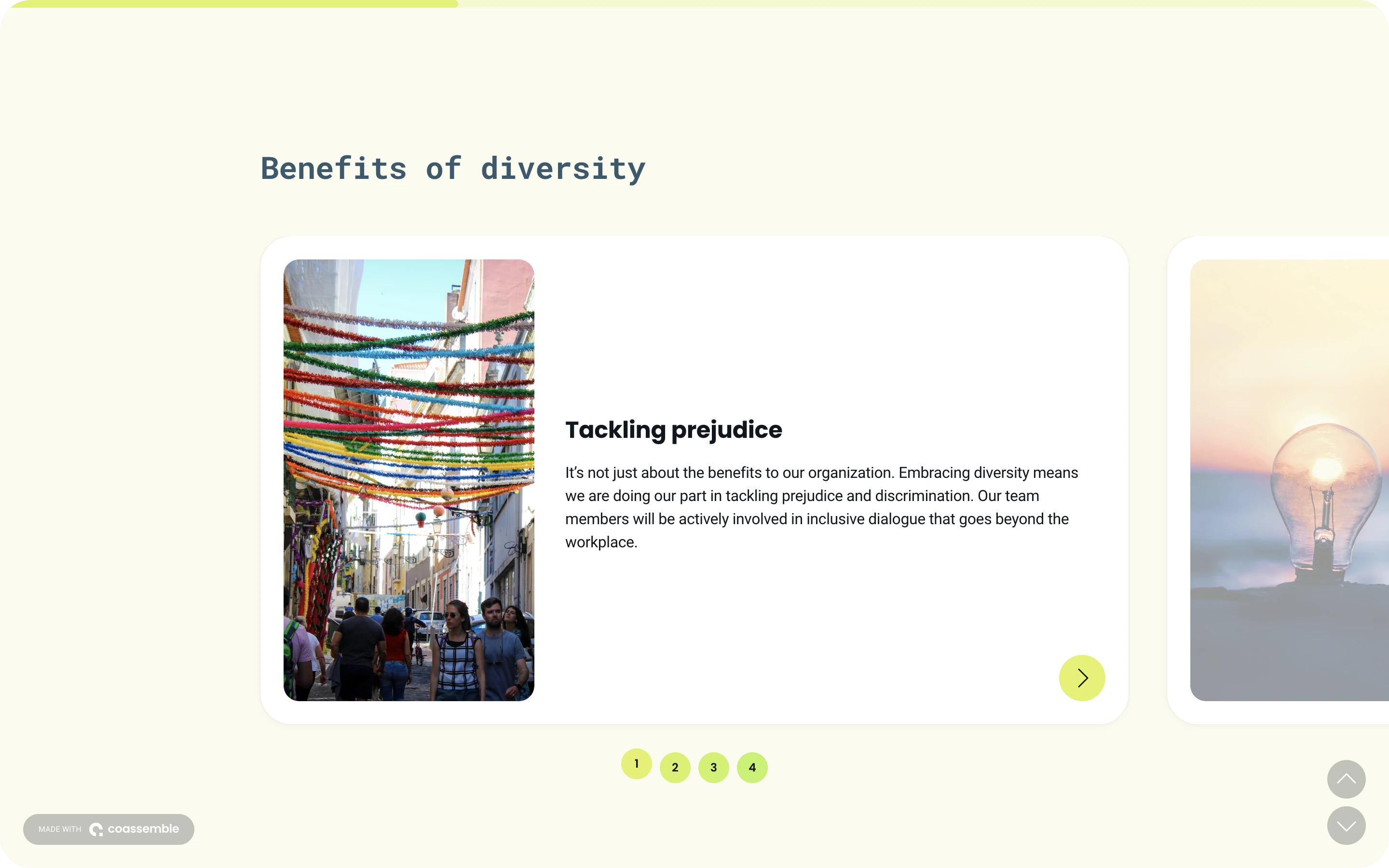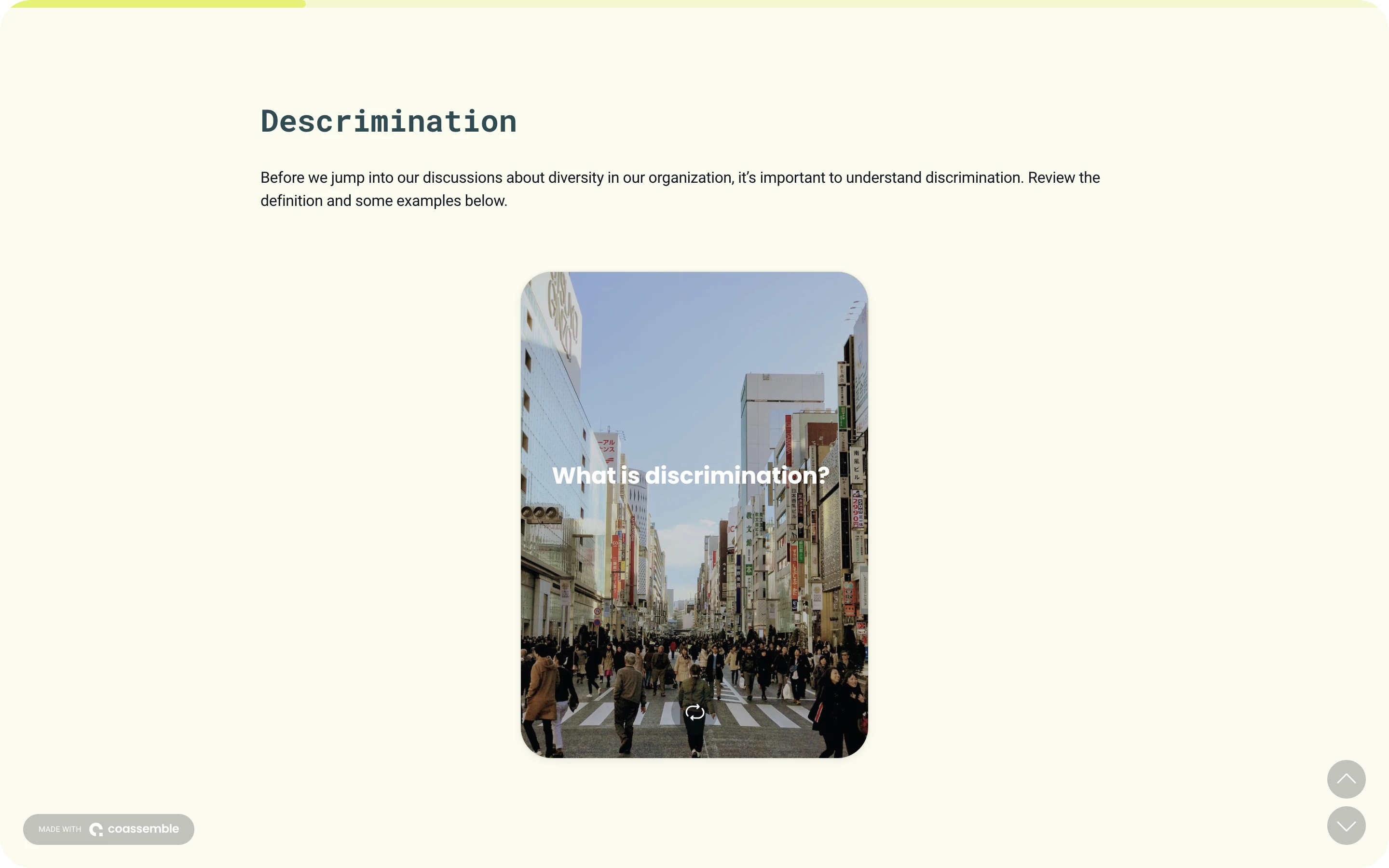From Awareness to Action: Navigating Diversity Training with Purpose
In today's interconnected world, organizations are increasingly recognizing the significance of diversity and inclusion within their workforce. Diversity and inclusion training is essential for creating fair, equitable, and inclusive workplaces that not only benefit employees but also contribute to organizational success. It aligns with the values of social justice and equity while also addressing legal requirements and enhancing an organization's overall effectiveness and reputation.
By providing your employees with the necessary knowledge and skills to embrace differences, your organization can harness the power of diversity to drive innovation, improve employee morale, and enhance overall productivity.

Defining Diversity and Inclusion
Diversity and inclusion are related concepts but have distinct meanings. Diversity refers to the vast range of individual attributes, characteristics, and experiences that employees bring to the table. These differences enrich an organization by offering a wide array of viewpoints and ideas, enhancing problem-solving and decision-making processes.
In contrast, inclusion involves creating an environment where each employee feels welcomed, respected, and valued, regardless of their background or identity. Inclusive workplaces promote a sense of belonging, leading to higher levels of job satisfaction and team collaboration.

Creating a Diversity and Inclusion Training Course
Developing an effective diversity and inclusion training course requires commitment, adaptability, and a genuine dedication to fostering a diverse and inclusive workplace culture.
Here are key elements to include in your course template that you can build out today for free using Coassemble:
Introduction to Diversity and Inclusion
Define diversity and inclusion in the workplace, emphasizing their positive impact on organizational success. Use compelling statistics and case studies that highlight the advantages of fostering an inclusive culture.
Unconscious Bias Awareness
Address unconscious biases and stereotypes that may influence decision-making processes at work. Create a fairer workplace by recognizing and mitigating these biases using strategies such as implementing blind recruitment techniques, having diverse interview panels when evaluating candidates, and promoting the use of inclusive language in all communications.
Communication and Cultural Competence
Promote effective communication across diverse teams, emphasizing active listening and empathy. Introduce cultural competence, encouraging employees to be respectful and open-minded when engaging with colleagues from different backgrounds.
Respectful Language and Behavior
Establish guidelines for using inclusive and respectful language in the workplace. Address inappropriate behaviors that may perpetuate discrimination or exclusion.
Addressing Microaggressions
Define microaggressions and their potential impact on individuals and the workplace.Provide techniques for responding to and preventing microaggressions to foster a supportive environment.
Creating Inclusive Teams and Leadership
Offer guidance for leaders on how to promote diversity and inclusion within their teams. Advocate for diverse leadership representation and the benefits it brings to the organization.
Conflict Resolution and Mediation
Provide conflict resolution strategies to address disagreements arising from diverse viewpoints. Introduce mediation techniques to facilitate constructive dialogue and find common ground.
Allyship and Advocacy
Encourage employees to become allies and advocates for their diverse colleagues. Demonstrate how allyship can contribute to a more inclusive and harmonious workplace.
Action Planning
Collaboratively create an action plan to implement diversity and inclusion initiatives within the organization. Set measurable goals and identify key performance indicators (KPIs) to track progress. You can even add a quiz at the end of your course using Coassemble’s quiz builder to test your participant’s knowledge.
Continuous Learning and Support
Emphasize the importance of ongoing learning and provide resources for employees to expand their knowledge on diversity and inclusion topics.
Cultivating Unity Through Diversity
Diversity and inclusion training is essential for creating fair, equitable, and inclusive workplaces that not only benefit employees but also contribute to organizational success. By providing your employees with the above course to understand and embrace diversity, your organization can cultivate a workplace that thrives on inclusivity, creativity, and collaboration.










